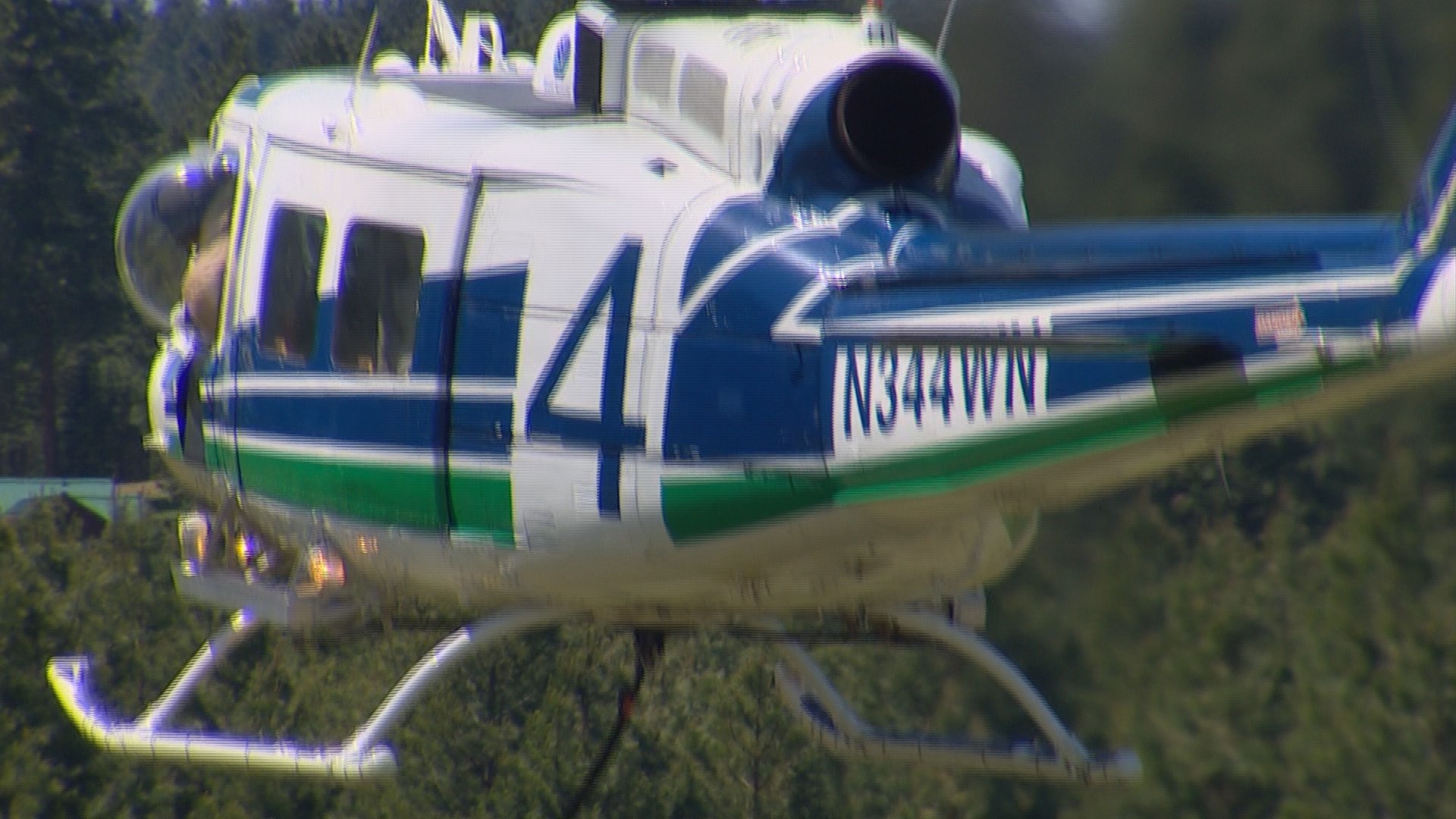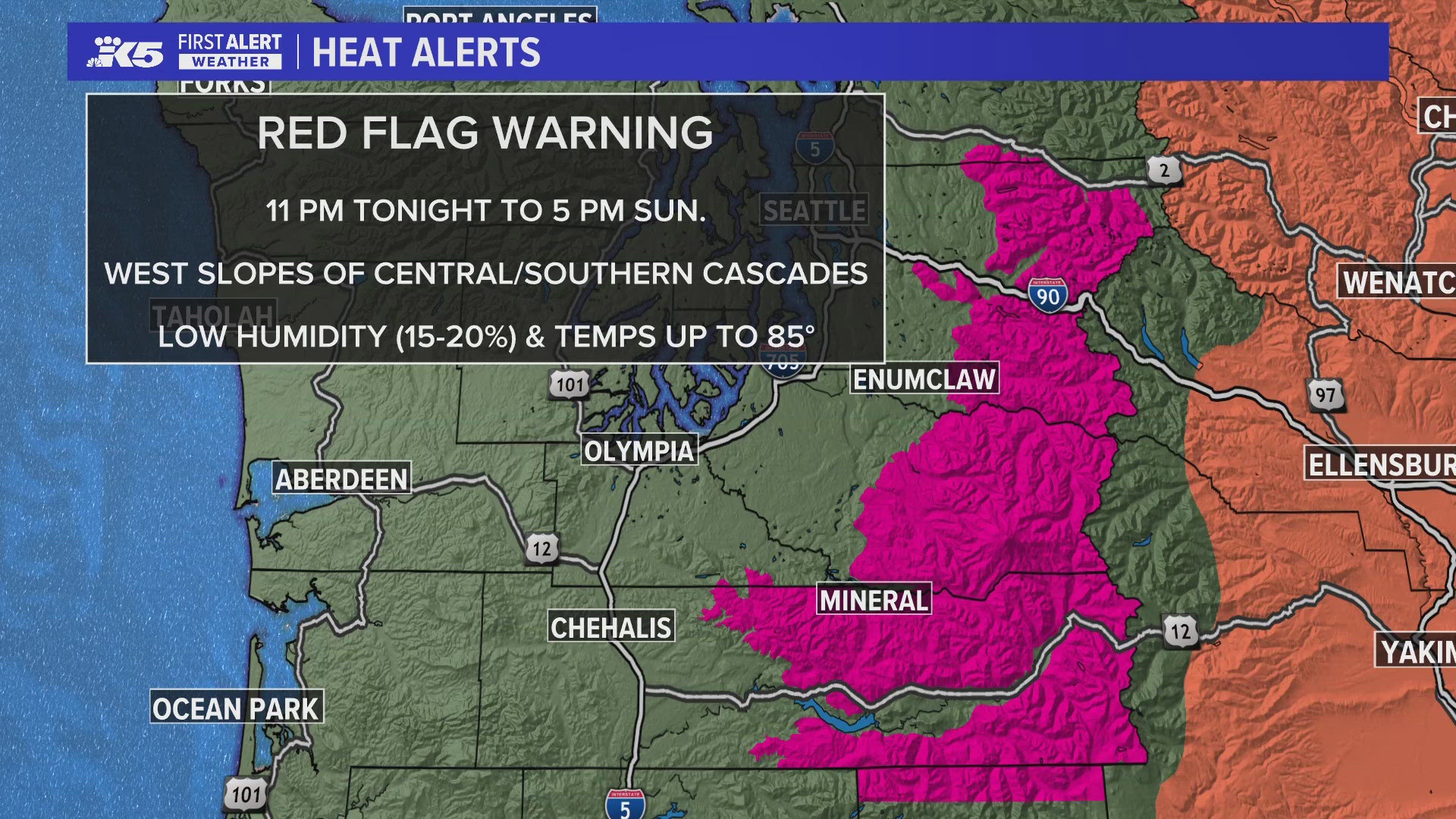After two back-to-back record wildfire seasons, Washington State's largest fire department is getting ready early for the potential of another one.
Outside of the town of Cle Elum, the Washington Department of Natural Resources is getting its helitack teams ready for an unpredictable fire season. Helitack teams try to put out wildfires early while they're still small, before they can grow into monsters.
The teams travel aboard one of the eight UH-1 Huey helicopters the agency owns to deploy near a fire start. The helicopter will then take its portable bucket slung below the aircraft to the nearest body of water, as firefighters try to dig a perimeter around the fire to keep it from spreading.
The teams are spread around the state, in places like Omak and Deer Park north of Spokane. Normally the helitack teams, or modules, wouldn't be in place until July 1, but Joe Thorpe, the helitack operations manager says this year will be in place by June 1. Last year they were in place in mid-June.
Additionally, DNR has purchased 13 more brush trucks, a type of small fire engine that can drive off-road to reach fires. Brush truck teams will also each receive an additional team member, says DNR Communications Director Sandra Kaiser.
Peter Goldmark, Washington's Commissioner for Public Lands tells KING 5 that June and July's weather will set the stage for what's traditionally been the worst part of the season in August.
The season has so far proved unpredictable. After the record 2015 season grew out of a record drought and record low snow pack, the spring of 2016 saw snow pack levels at or even above normal. The warm El Nino weather pattern in the Pacific Ocean had broken down, along with "the blob," a large, unusual pool of ocean water some five to six degrees Fahrenheit warmer than normal, that has now largely disappeared.
But no sooner had the snowpack reached its typical peak at the first of April, then weeks of highly unusually warm temperatures took over, leading to a record melt off of snowpack in April and into early May, according to the Natural Resources Conservation Service, part of the U.S. Department of Agriculture.
The tail end of that warm spell in early May saw two significant wildfires in northwest Washington that are considered highly unusual this early in the year on the typically wetter west side of the state.


